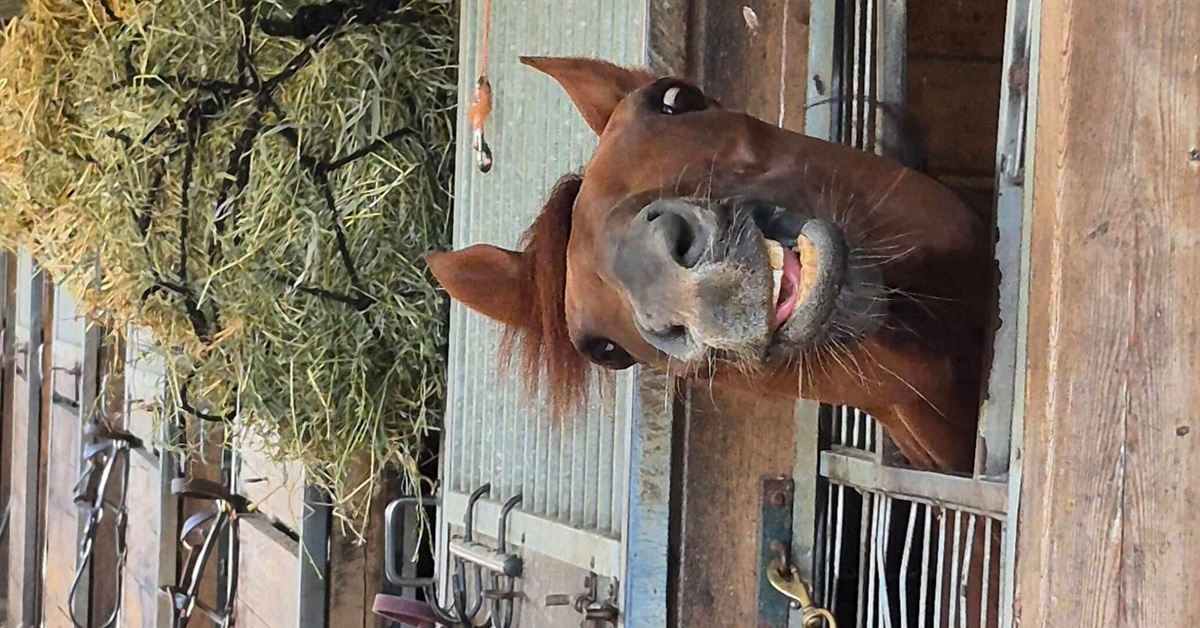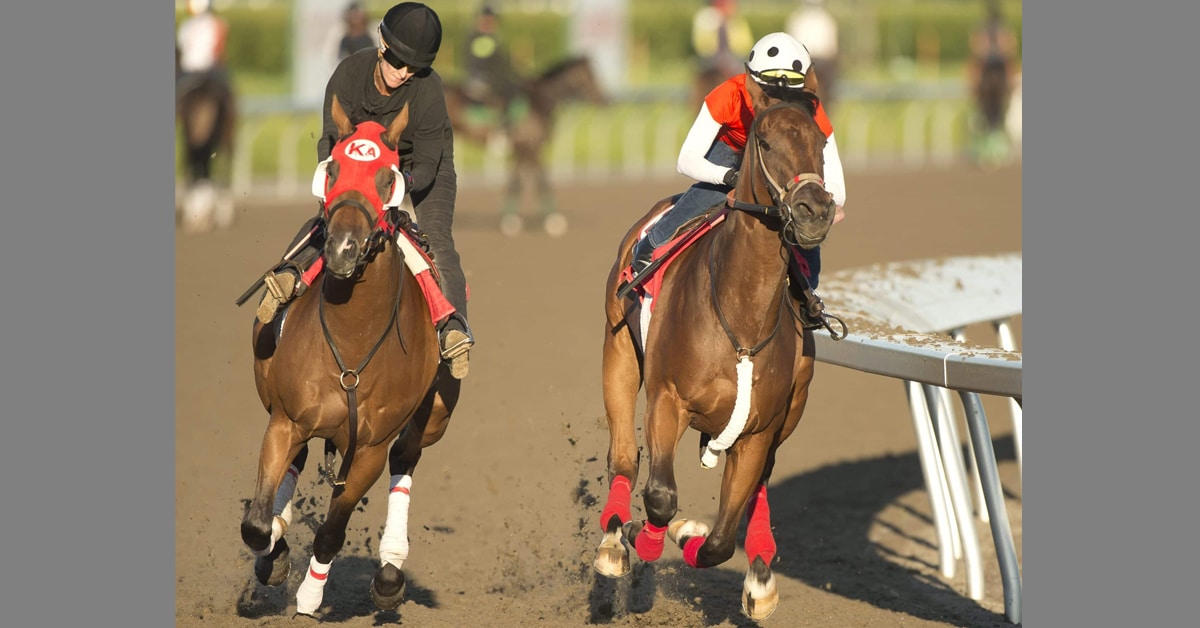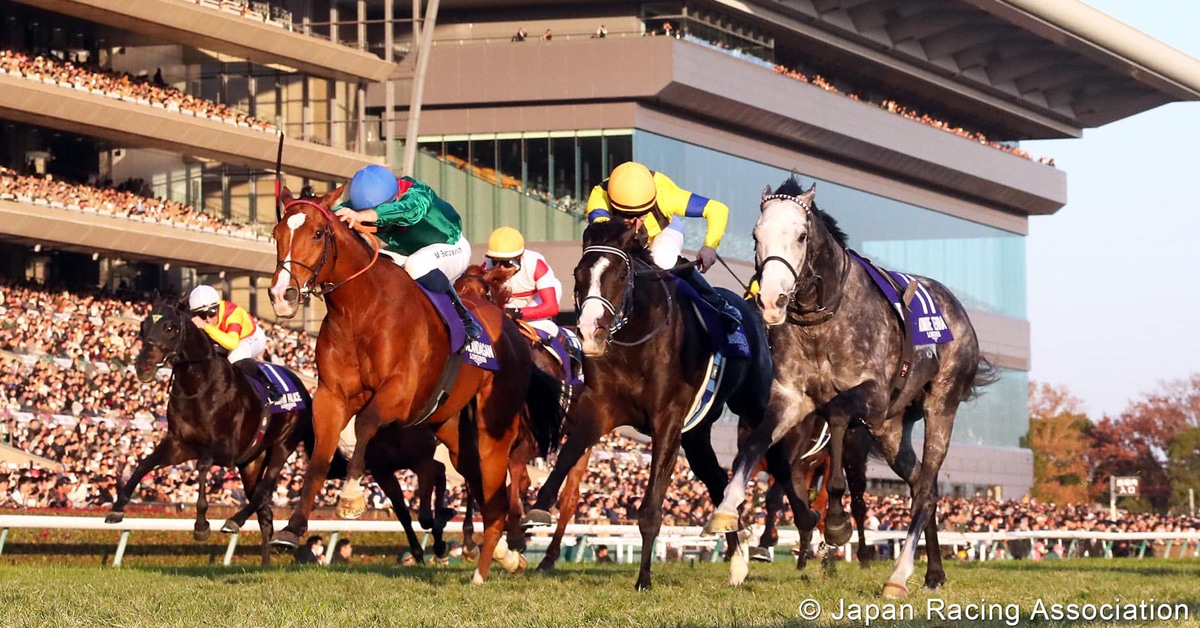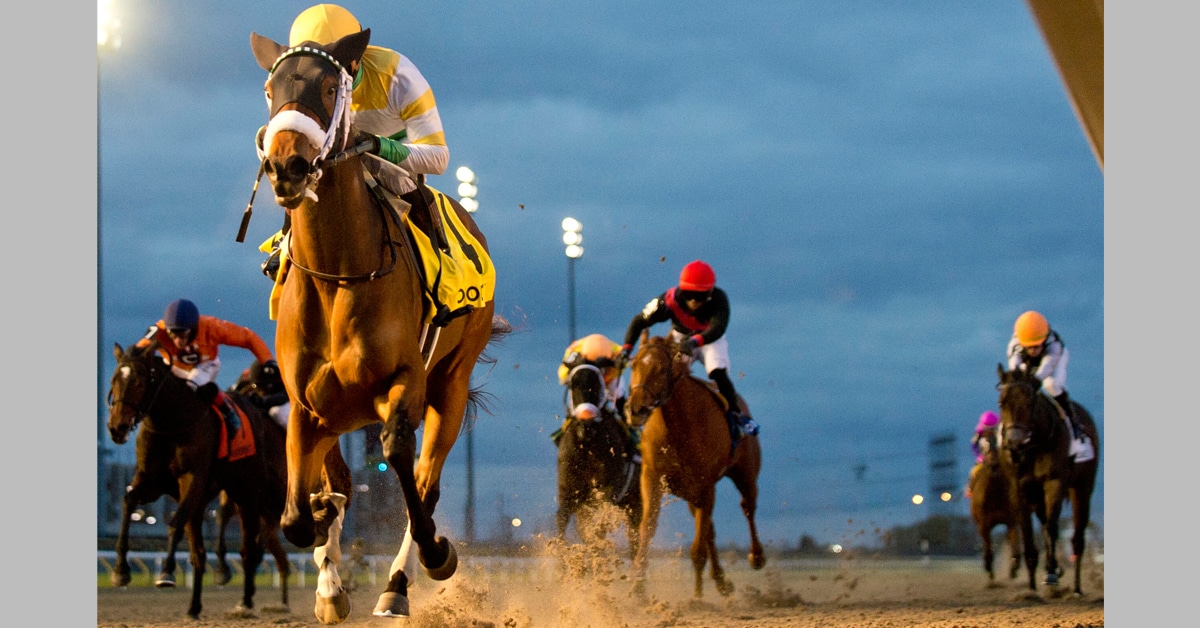Further to an article published on Nov. 13 regarding the bewilderment and frustration being felt by horsemen regarding the recent cluster of capsaicin positives at Ontario tracks, James Watson, Media Relations, Agriculture and Agri-Food Canada (AAFC) Media Relations (the Canadian Pari-Mutuel Agency (CPMA) is a special operating agency within AAFC) answered some questions.
1. When and why did the CPMA begin testing racehorses for capsaicin?
The CPMA began testing horses for capsaicin in 2019 because it is a strong painkiller that has been assigned a “Class 2” classification by the Association of Racing Commissioners International. This means that it is a therapeutic agent that has a high potential for abuse.
2. Is there reason to believe that capsaicin was being used to enhance the performance of race horses?
Capsaicin is a prohibited substance in most horseracing jurisdictions, as it is a strong painkiller. When applied on the skin over a nerve, capsaicin can significantly reduce pain and improve mobility for several hours. This could potentially allow someone to mask an injury and increase the likelihood that a horse will suffer permanent damage or a fatal breakdown.
3. What is the current threshold for capsaicin?
The CPMA does not release its testing criteria for substances.
[Editor’s note: In a previous article, a CPMA spokesperson noted that “CPMA has not changed its testing for capsaicin; the tests used are the same as before June 2020,” said a CPMA spokesperson. The agency also acknowledged that “since testing for capsaicin is qualitative (presence/absence of drug) no thresholds are applied.”]
4. There has been a large number of positive tests for capsaicin over the last year. Horsemen wonder whether the tests are picking up the traces of capsaicin in products and feeds where it’s not listed as an ingredient. Is this a possibility? If so, how is the CPMA addressing it?
Provincial investigations revealed the undeclared presence of capsaicin in various regulated and unregulated supplements. The CPMA is not aware of any evidence to date that feeds are implicated in the cases.
Some of the sources identified during the investigations by the provincial racing commissions into the positive cases include:
• Feeding cayenne pepper or other pepper products directly to the racehorses;
• Feeding natural products contaminated with capsaicin directly to the racehorses; or
• Feeding supplements that contain undeclared capsaicin.
Therefore, the CPMA adjusted its testing criteria for capsaicin in October 2020 to reduce the likelihood that these products would cause a positive test result.
5. In light of this spate of positives, would the CPMA consider investigating the issue, and if necessary, re-visit its capsaicin testing protocols?
Testing protocols were adjusted in October 2020 to take into account the results of investigations into these cases. A notice to industry was circulated via the CPMA’s listserv and published on its website on October 6, 2020. The CPMA advised both the Canadian Food Inspection Agency (CFIA) and Health Canada (HC) of the cases. The CFIA is responsible for the regulation of animal feeds in Canada and Zev, the product identified by the Alcohol and Gaming Commission of Ontario, is regulated by HC.
The CPMA investigation is already underway, alongside provincial racing commissions, in an effort to determine the cause of these Certificates for Positive Analysis. Investigations have identified the source for some of the positive cases but no one has been able to determine yet why these cases appeared suddenly beginning in June 2020.
In addition, to reduce the risk of a horse testing positive for capsaicin, the CPMA recommends:
• Do not feed cayenne pepper or other spices to a horse unless prescribed by a veterinarian;
• Do not apply topical products (e.g., ointments, liniments) that contain capsaicin on a horse within at least 48 hours before a race;
• Do not give a horse any oral supplement or other product within 48 hours of a race unless it has been prescribed by a veterinarian and is permitted by the specific province’s rules of racing. Be aware of prohibited substances other than capsaicin contained in these products (e.g., cobalt); and
• Take precautions such as washing hands and not urinating in stalls.
More News










